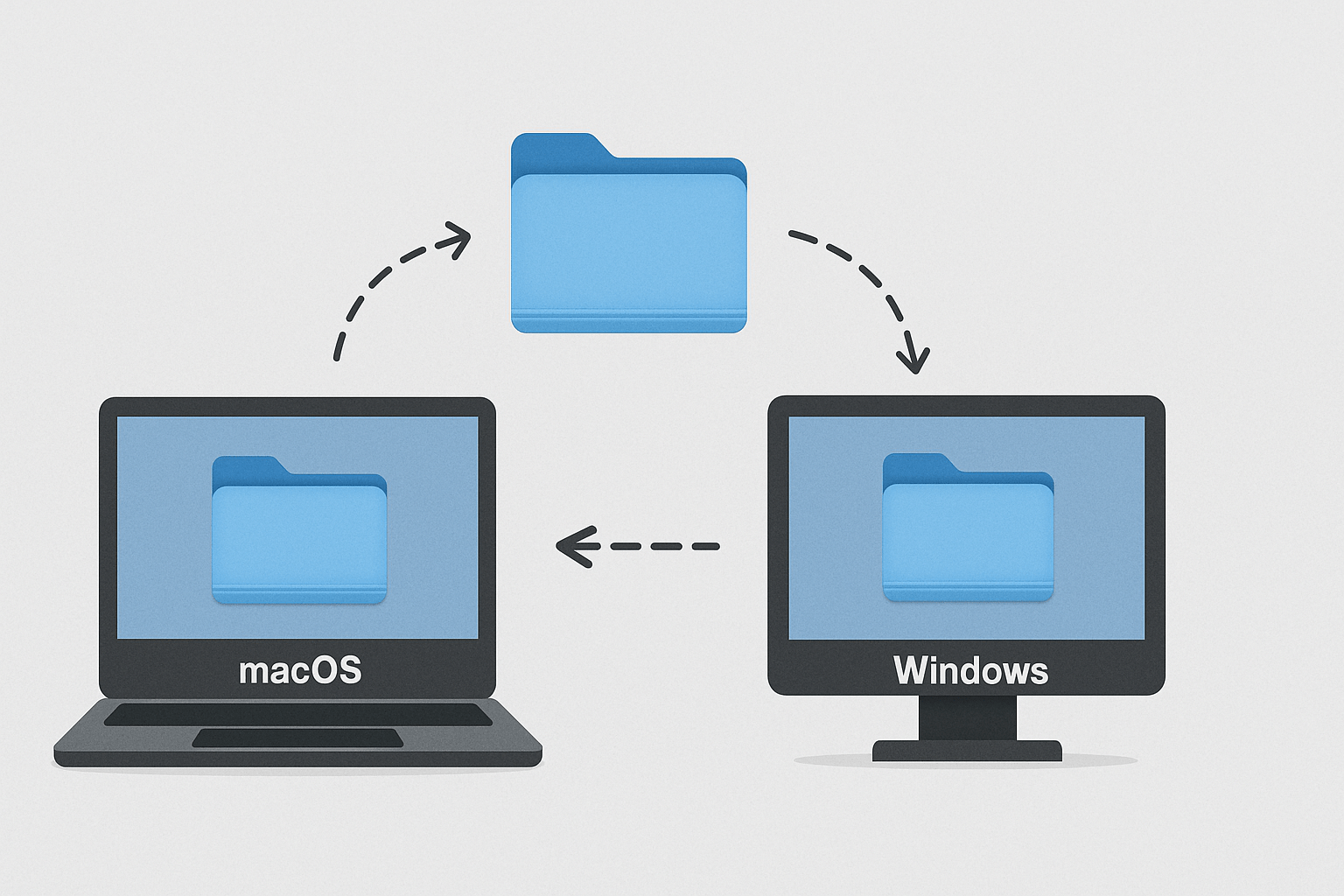
It was a summer like no other before. The 20 clubs in the premier league might not have reached the $2 billion mark by the close of business on Thursday, but they had a good go at it. From the beginning to the end, spend, spend.
The transfer window that saw Erling Haaland, Darwin Nunez, and Casemiro join English clubs ended with a total spend of over two billion dollars. There are minor inaccuracies that come with undisclosed fees and it is somewhere in the region of £95 million per club.
It didn’t have a signing to topple the £100 million Manchester City paid to sign Jack Grealish a year ago, but this summer’s spend was unprecedented on every other level.
The outlay of clubs in Italy, Spain, Germany, and France struggled to keep up with the final sum of the league. A total of 70 deals were signed off in excess of 10 million dollars, with six of them done by West Ham United.

A total of £647 million was spent on Serie A. Spending was 50 per cent less than before the recession. It shows how unprepared Italian football was to bounce back from the shock of the contraction caused by COVID. The loan of Romelu Lukaku to Inter Milan was one of the low-profile signings.
Matthijs de Ligt financed the purchase of Gleison Bremer for 41 million, making it the most expensive acquisition in Serie A. After a record fee was paid for a player aged 30 or over, the window really got going. AC Milan has a flex of strength found in their sustainable model. Milan had to rely on the club’s enduring appeal and the player’s desire to play at San Siro to get a better offer for Charles de Ketelaere.
A new fashionable deal structure has been written out for 170m in I.O.U. The compromise is between a loan and an obligation. If the player has a certain number of appearances, minutes, and other criteria, the loan becomes permanent. All of the 86 deals in Italy’s top flight were made with loans. It shows the need for prudence and a lack of short-term funds.
There were no prizes for guessing who led the way. Paris Saint-Germain spent over a billion dollars in the summer. The biggest signing of the summer was Portugal’sVitinha, who was the biggest signing of the season.
Rennes were able to invest big on the back of sizable player sales, as they were prepared to spend. Nice spent $60 million, making them another eyecatching club.
The total spend was well below the three pre-pandemic summers and would have been much smaller but for some extraordinary factors. They were able to borrow from the future to spend a total of 153 million, including the captures of Robert Lewandowski, Raphinha, and Jules Kounde. Real Madrid spent some of the money saved for Kylian Mbappe on Aurelien Tchouameni.
Sevilla made a profit of 63million, Valencia made a profit of 42 million, and Villarreal made a profit of 14 million as they looked to balance their books. Only 11 of the 161 new players cost over 10million. An average net spend of just over 1 million dollars is what the 20 clubs received for selling players. The contrast between England and Spain was worrying for many Spanish club executives.
The lowest spend in the top five leagues was accounted for by the German league.
The 18 Bundesliga clubs spent almost half a billion dollars on new players, slightly less than last season. The window felt larger than it had been.
After a couple of years of relative frugality, the two most important clubs used the proceeds from the sale of their two superstars to make important additions in a number of positions
While the champion brought in Sadio Mane, Mathys Tel, De Ligt, Ryan Gravenberch, Noussair Mazraoui, and other players.
There were other notable additions, including the return of Timo Werner and the loan of Callum Hudson-Odoi.
The top four clubs moved an army of unwanted players last season. The bottom line was reduced by 33 million due to the 100 million in sales.
The two teams spent a total of 12million net and 4million, whereas the other team registered a profit of 16 million.
The league made more money on sales than it spent, so it was in demand. The majority of the profit comes from the league.
Many clubs are happy to develop players and sell them on for huge profit despite the fact that a newly promoted team in England receives more TV income from domestic rights than any other club. Making money in the transfer market is the easiest way to grow the bottom line in a league with no ownership or TV income.
English football’s top 20 clubs have the confidence to spend money. Thanks to the insulation of new broadcast deals, both at home and overseas, the austerity that came with COVID-19 is a thing of the past.
The net spend of this increasingly affluent division over the last three months is something the Premier League might like. Balance sheets were enough to make accountants weep because of the amount of money that was recovered from the player sales. The deficit was larger than last season’s gross spend alone.
The net spend of the clubs in the premier league is estimated to be 18 per cent of their revenues this season, an increase of 10 per cent compared to last summer. The pre-pandemic levels could only be as high as 14 per cent.
While the rest of Europe tried to keep things sensible, this was a window of joyful abandon. Even with the creative finances of Barcelona, La Liga’s 18 clubs almost managed to balance the books. The clubs made a collective profit.
The Premier League spent over a billion dollars on some of the continent’s most coveted players. Antony, Lucas Paqueta, Alexander Isak, and others are just some of the people.
The majority of the spending went to European clubs. The money made it down to the EFL. It was a marked increase from the previous summer when only £65million was available.
The places where clubs spend money.
| Summer window | Intra PL | EFL | Overseas | Total |
|---|---|---|---|---|
|
In the year 2013 |
100 is a number. |
40 was the final number. |
490 was the number. |
$630m. |
|
The year |
260 |
65 is old. |
490 |
A total of £835 million. |
|
The year 2015. |
215 |
75 is a number. |
This is the number 585. |
There is an amount of £870m. |
|
The year 2016 |
There are 304 |
140 is how many are left. |
There is a rating of 720. |
There is a sum of money of over one billion dollars. |
|
The year 2017. |
The number is 545. |
115 is how many are left. |
A number between 770 and 770. |
There is a sum of around £1.430 billion. |
|
There was a change in the year 2018, |
180 is how long it is. |
175 was the final number. |
884. |
A total of over $1 billion. |
|
There is a new year in 2019. |
There were 300 |
215 |
955 |
There is a sum of £1.405 billion. |
|
2020 is the year. |
260 |
There were 250. |
825 |
There is a sum of over one billion dollars. |
|
There will be a new year in 2021 |
There is a limit to the number of items that can be put together. |
65 is old. |
700 is the number |
There is a sum of money of over one billion dollars. |
|
There will be a new year in 2022, |
This is the number 585. |
155 was the final number. |
1225 minutes ago |
There is a total of £1.962 billion. |
The six clubs with the biggest net spend in Europe are all from the premier league. In summers that demanded changes, West Ham United,Newcastle United,Nottingham Forest and Spurs all had a deficit of over a hundred million dollars in their trading this window. Wolves were not far behind, either.
13 of Europe’s biggest 20 net spends came in thePremier League. The English monopoly of those willing to spend without need to balance was broken by Barcelona, Paris Saint-Germain, Nice, AC Milan and Inter Milan.
There were exceptions to the league’s generous rule. KalvinPhillips and Raphinha were included in the £93million of sales. Reds and City moved on unwanted players to get Haaland and Nunez.

In order to address their ailing financial health, Leicester City had to part with Wesley Fofana and they recorded a hefty summer profit, but top of the class were BRIGHTON AND HOCKEY. When they were losing their minds, they kept theirs by selling Yves and Neal to other teams in the league. The result was a huge profit. Monaco and Lille made the most.
The best return for net spend from an English club is debatable. When they were demoted to the Championship at the end of last season, both of them parted with their best assets. It was more necessity than choice.
Net spending across the league was more revealing than any single transfer. They remind English clubs to roll the dice more easily. It has been considered a calculated gamble in their very different attempts to progress due to the fact that they might not be able to spend like this again next summer. They will argue that ambitious recruitment is sound investment. Spending has never brought guarantees, so some will be vindicated.

Tim Bridge says that the record level of spending during this transfer window is a clear indication of Premier League clubs’ confidence as fans return to stadia.
It has become part and parcel of the Premier League that clubs are willing to pay a lot of money to get better. The desire to acquire playing talent has reached a new level as the pressure for clubs to stay in the competition is higher than ever before.
The spending habits of the league are not new. There have been gradual increases across most summer windows, with a collective outlay of just £260million recorded in 2006
It has reflected the increased value of broadcast deals at home and overseas. It took two years for the previous peak to be reached, because of the effects of COVID-19.
As clubs took stock of their spending last summer, caution has now been thrown to the wind. This year’s final spend is 67 per cent higher than last year. There have been leaps before but not quite on this scale. This season has seen more money spent than any other so far.

The total outlay of this transfer window equates to 33 per cent of collective revenues based on projected club turnovers for the 2022-23 season. The previous high was brought by the summer of 2017, when the spend was 30 per cent of revenues.
The summer has been a measure of the league’s appeal. At a time when many among Europe’s elite are choosing to run a tight ship on the back of the COVID-19 Pandemic, the premier league has tightened its grip as the global market leader.
The domestic TV rights of the European league can’t be beat, and new overseas broadcast deals are in play for a new three-year cycle. The forecast revenues for the 20 clubs is set around the 6 billion mark, thanks to the broadcast money coming to the premier league. According to the Annual Review of Football Finance, La Liga will be next best at half of the sum. It’s covered by dominance.
There is a belief that the gap will only widen. The premier league has a very polished product. The merest suggestion that this bubble may burst is not true.
One agent who was involved in an eight-figure deal says that clubs are thinking that there will be an awful lot more money in the Premier League.
They are investing on the basis that the money will increase. Some clubs are worried about falling out of the league. They are spending because they need to.
Whatever the motivation, the Premier League clubs are always looking for ways to flex their financial muscle, even if it’s through new ownerships.
envy is what the rest of Europe can only look on in.
Reporting was done by James Horncastle, Raphael Honigstein, and Dermot Corrigan.
The design was created by Eamonn Dalton.









































